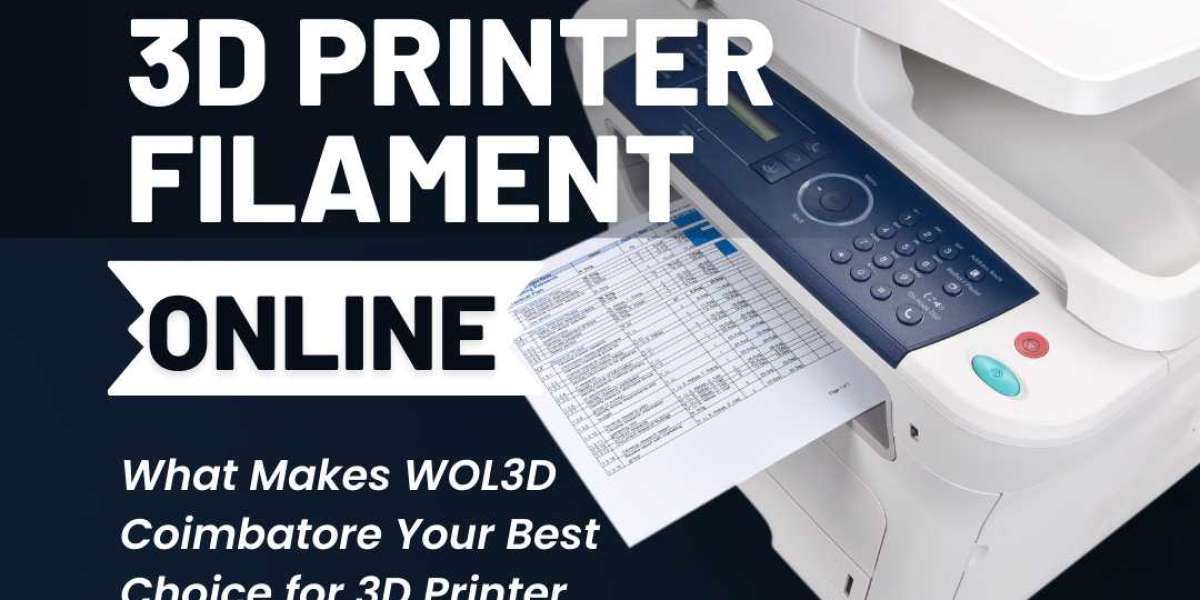The Medical Ceramics Market Size was valued at USD 20.1 billion in 2022 and is projected to grow from USD 21.12 Billion in 2023 to USD 28.47 billion by 2030, exhibiting a compound annual growth rate (CAGR) of 5.10% during the forecast period (2023 - 2030).
The medical ceramics market demonstrates resilience and growth, fueled by increasing demand for advanced medical devices and implants. As a vital component in prosthetics, dental implants, and surgical instruments, medical ceramics offer biocompatibility, durability, and inertness. Market expansion is driven by rising healthcare expenditures globally, coupled with a surge in chronic diseases and orthopedic disorders. Technological advancements, including the development of bioactive ceramics and 3D printing techniques, further propel market growth. However, challenges like high production costs and stringent regulatory frameworks persist. With a focus on innovation and collaboration, key players seek to address these challenges, fostering continued market expansion.
The medical ceramics market is experiencing a surge, driven by innovations in dental ceramics and ceramic biomaterials. Dental ceramics, renowned for their biocompatibility and aesthetics, are reshaping the landscape of restorative dentistry. These materials offer superior durability and natural appearance, meeting the demands of patients and practitioners alike. With advancements in technology, dental ceramics now boast enhanced strength and precision, enabling the creation of custom restorations that seamlessly blend with natural dentition.
Furthermore, ceramic biomaterials have emerged as key players in various medical applications. These biocompatible materials find extensive use in orthopedic implants, cardiovascular devices, and tissue engineering. Ceramic biomaterials exhibit excellent mechanical properties and resistance to corrosion, making them ideal for long-term implantation and therapeutic purposes. Their ability to integrate seamlessly with biological tissues promotes healing and reduces the risk of adverse reactions.
As the demand for minimally invasive procedures and patient-specific treatments grows, the medical ceramics market is poised for substantial expansion. Dental ceramics and ceramic biomaterials represent the forefront of this transformative shift in medical technology. With ongoing research and development initiatives, these materials continue to evolve, offering improved performance and expanded applications across diverse medical fields. The convergence of innovation and biocompatibility positions medical ceramics as pivotal components in the quest for enhanced patient outcomes and quality of life.
Segmentation:
MRFR in their report segments the medical ceramics market by type, application, and end-user for a holistic analysis.
Based on the type, the medical ceramics market is segmented into bioactive ceramics, piezoceramics, bioinert ceramics, and bioresorbable ceramics. The bioinert ceramics segment includes zirconia, alumina, and others. The bioactive ceramics comprises hydroxyapatite and glass ceramics.
Based on the application, the medical ceramics market includes cardiovascular, diagnostic instruments, dental, plastic surgery, orthopedic, surgical instruments, and others. The dental segment consists dental implants, dental crowns bridges, inlays onlays, braces, and dental bone grafts substitutes. The orthopedic segment is sub-segmented into a joint replacement, fracture fixation, and orthobiologics. The joint replacement segment includes knee replacement, shoulder replacement, hip replacement, and others.
Based on the end-user, the medical ceramics market comprises specialty centers, hospitals and clinics, and research centers.
Regional Analysis:
MRFR segments the medical ceramics market, regionally, by segmenting it into North America, Europe, Asia Pacific (APAC), and the Middle East Africa (MEA).
Increasing healthcare expenditure in the region, robust healthcare sector, technologically advanced treatment procedure, and increasing government initiatives are providing the North American medical ceramics market substantial traction. The presence of a country like the U.S. and Canada are helping the regional market in strategic developments.
Innovative research technologies and the inclusion of nanotechnology in the segment can help the market in gaining substantial ground in Europe. The dental industry is receiving substantial boost from a country like Hungary which has emerged as a medical hub for the dental industry.
The APAC market can be assured of substantial growth due to the presence of countries such as India and China who are developing their industry centering much around medical tourism. This requires substantial development in the healthcare infrastructure and governments from these countries are investing heavily in exploring the option to the fullest. These factors can directly influence medical ceramics market growth.
Competitive Landscape:
The medical ceramics companies are Zimmer Holdings, Inc, CoorsTek Inc., Stryker, Straumann, H.C. Starck GmbH, Kyocera Corporation, 3M ESPE, Morgan Advanced Materials, Nobel Biocare Services AG, and DePuy Synthes.
Related Reports:
For More Information, Please Visit @ Market Research Future














